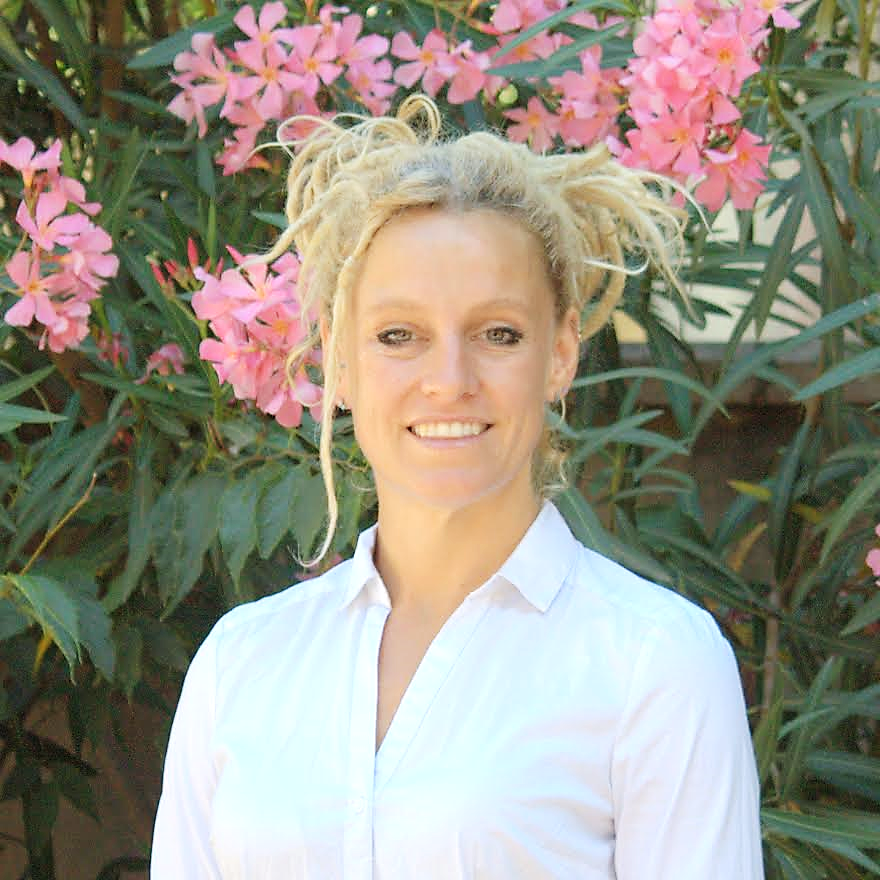
Colloquium
Time: 10:45am, May 9, 2025
Venue: Lecture Hall, Shanghai Brain Center
Speaker: Dr. Mary Donahue
Assistant Professor, Laboratory of Organic Electronics, Linköping University, Sweden
Host:Dr. Henry Evrard
Biography:
Dr. Mary Donahue is an Assistant Professor in the Laboratory of Organic Electronics at Linköping University, Sweden, where her research focuses on advanced microfabricated devices to create minimally invasive interfaces for tissue and nerves – most recently for enhanced Vagus nerve contact, recording, and activation. Her interdisciplinary work spans organic bioelectronics, neuromodulation, and conductive polymer-based device physics. She is the recipient of multiple prestigious grants, including the Swedish VR Starting Grant for non-invasive inflammatory disease therapy using custom conductive polymer implants. Her research has been featured in Science, Nature Materials, and other leading journals.
Abstract:
The informational density and relative accessibility of the peripheral nervous system make it an attractive site for therapeutic intervention. Although electrode-based electrophysiological interfaces for peripheral nerves have been under development for over half a century, achieving spatial specificity and minimally invasive devices remains challenging. The value in tackling this challenge lies in the possibility to treat disorders such as, for example, chronic pain, overactive bladder, depression, and epilepsy. We aim to advance peripheral nerve interfaces through materials and technology development to improve the electronics/tissue interface. Ultra-flexible insulation materials, conducting polymers, organic pigments, and hydrogels are employed to optimize devices for reduced invasiveness stimulation methods. Transcutaneous photovoltaic stimulators offer a minimally invasive method for long-term peripheral nerve stimulation. A completely non-invasive method called temporal interference (TI) allows for focal neuromodulation at depth from surface electrodes. Overall, the material systems utilized for both approaches are non-toxic and, thanks to material optimization, allow for intimate interaction with the nerve where implantable devices are of interest as well as conformal skin contact in the case of surface arrays. The advancement of these methods not only contributes to the understanding of signaling pathways and disease treatment through peripheral nerve stimulation, but also holds clinical translation potential.